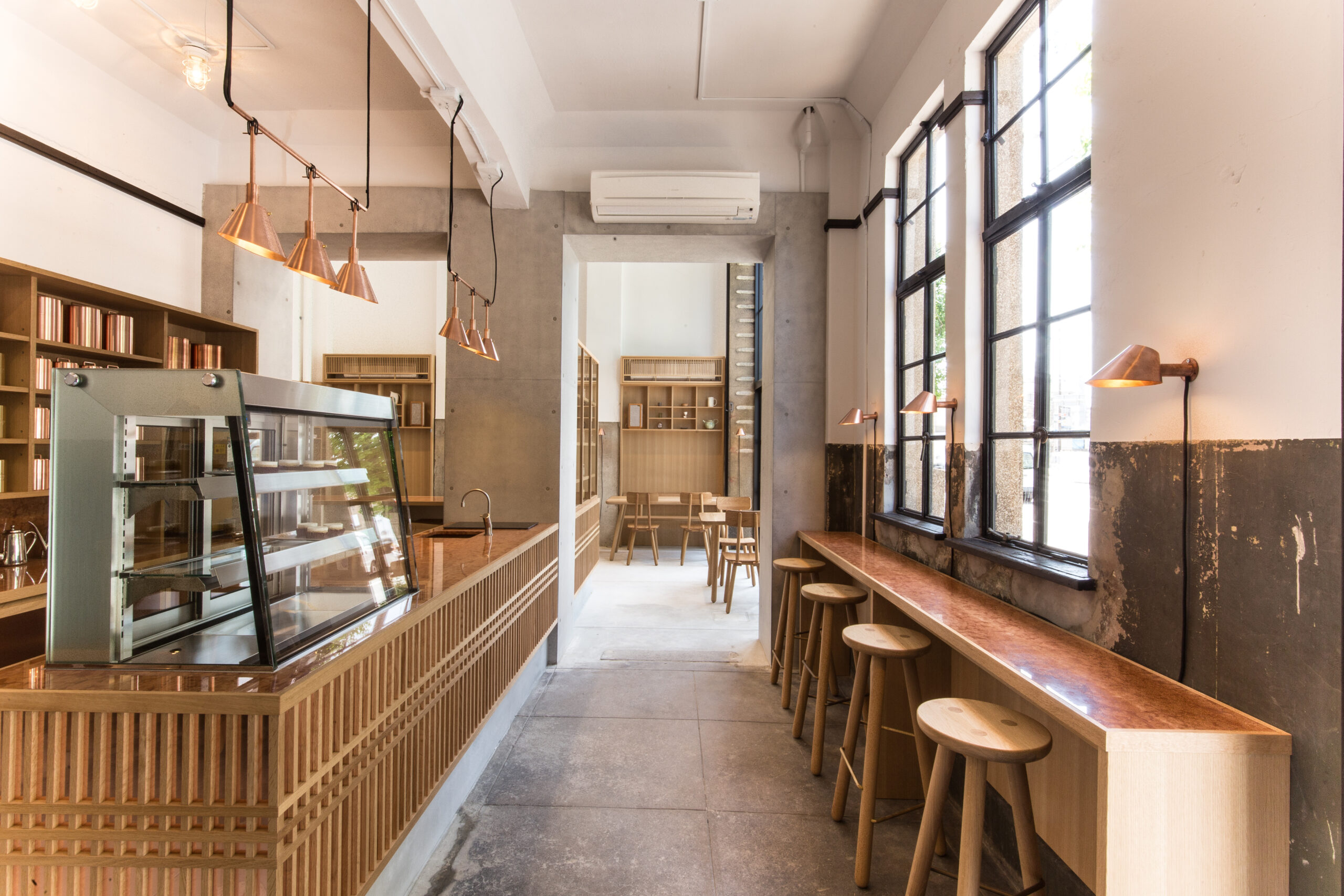デザインスタジオOEO特別インタビュー
コペンハーゲンに拠点を置き、日本でも多数活躍するデザインスタジオOEO STUDIOの共同設立者兼クリエイティブ・ディレクターのトーマス・リッケが、今回デンマーク大使館との特別インタビューに応じてくれました。
OEOは、GubiやStarbucks Reserveとのコラボレーション等で実績のあるデザインスタジオで、共同設立者のアンマリー・ブエマンと共に日本市場でも活躍の場を広げていいます。レストランINUAの空間デザインや、京都の伝統工芸品メーカーと6社と手を組み立ち上げた、ジャパン・ハンドメイド(Japan handmade)というブランドについて等、ならではの取り組みを通し、日本の文化から受けてきたインスピレーション、クラフトマンシップや素材についてのこだわり等について自身の言葉で語ってくれました。
インタビューの抜粋をビデオでご覧頂けます。インタビュー全文は下記英文にてご参照ください。
OEO has brought new life to craftsmanship in Japan
Wood, stone, and metal in all kinds of shapes and designs fill up the space next to computers, papers, and other kinds of typical office-related objects. It is clear that we are in a workplace where design and craftsmanship are essential.
We are in the middle of Copenhagen in the studio of OEO, a Danish design studio that is defined by what they call “compelling minimalism” and a deep-rooted love for natural materials. In other words, a studio with clear ties to Japanese design traditions.
“At OEO we are known for having a Japanese aesthetic. It is not something we always do nor that we always have to have a slightly Japanese twist or touch in the things we do. But I guess we are attracted to the same things. The culture of Japan and how we work. We are obsessed with materials, craftsmanship, of course, tactility, surface, working with light and shadow, which is famous for Japan”, says Thomas Lykke, the co-founder and creative director of OEO.
Together with Anne-Marie Buemann, Thomas Lykke founded OEO in 2003 after four years of employment as the interior editor of the international design magazine Wallpaper.
The strong connections that OEO shares with the traditional Japanese practice within design and craftsmanship have made Japan one of the company’s preferred markets. Therefore, it was a natural step for OEO to establish a project office in Tokyo to be closer to their Japanese partners and clients.
OEO’s work with both Danish and Japanese design traditions – two traditions that share many similarities – is very well illustrated in the Two-starred Michelin restaurant Inua in Tokyo. Here, the ingredients used are gathered in Japan, but the dishes made using them have a little hint of “New Nordic Cuisine”.
“Working with the mantra that we would like people from the western part of the world to feel: “This is so Japanese!” But for a Japanese, it would be more like: “Wow, I’m in the North!” That is the interesting bit and the perfect meeting between the two cultures”, Thomas Lykke says.
Humbleness is the key in Japan
OEO’s first client in Japan was a quite extraordinary one. They got in contact with the old textile company Hosoo from Kyoto. They introduced OEO to five other Kyoto-based craft companies. Later, OEO gathered all the companies in a brand collaborative known as Japan Handmade. A collaboration that gained a lot of respect in the field.
“It was quite fun to hear from Japanese colleagues saying: “How did you get to work with these Kyoto crafts companies? We cannot even talk to them…” Actually, it was not complicated. We did not try to be somebody that we are not. We were just super respectful and honest and met them at eye level. And I guess it was about winning their trust and showing them that we go in it with heart and spirit,” says Thomas Lykke about their first meetings with the Japan Handmade companies.
OEO’s openness and more importantly, humbleness, towards their first clients is a recipe for success in Japan. Follow this and the chance to be introduced to new Japanese clients will be greater:
“I think our approach is always to be humble and respectful. When we entered Japan for the first time, we did not try to be in Japan in a certain way. We are curious and humble, and always pay respect. And I think our approach works really well in Japan.”
Craftsmanship is both Japanese and international
One may think that the Japanese market is unique when it comes to design, and that one needs to adjust the strategy if success in Japan is the goal. However, OEO has had a different experience:
“We often hear that the strategy or direction we take towards the international market will not work in Japan when we work with Japanese companies. Actually, I think it has proven otherwise. If you show that it works in an international market, the Japanese market pays attention to it. Often it is not the older generation, but the younger generation.”
Japan Handmade belongs to the younger generation. OEO created the collaboration to lend these craft companies a common platform and sell their designs on the international market. The result was not only international success, but also success in their homeland:
“These craftsmen became role models for a whole generation of craftsmen. We have craftsmanship all over the world declining, because it is difficult to find your own way to make it commercial. However, they have shown that it is possible. They literally became these superhero craftsmen from Kyoto that got the attention from not only the eyes of the world, but especially from Japan.”
It can be very difficult to come in as a foreigner, work together with, and affect Japanese craft companies – a field full of very old traditions and pride. However, Thomas Lykke feels it is possible:
“It is interesting to show (the Japanese craft companies, red.) that you still pay respect to where you come from by doing craftsmanship or trade in a slightly different way, or seeing it in a different context. It can create something that is still 100 percent true to the brand and the history, but has a new purpose or reason for a new audience, a younger audience, and even new markets. I would not call it a revolution of craft, but an evolution of craft.”
Photo copyright in article and video: OEO Studio.
